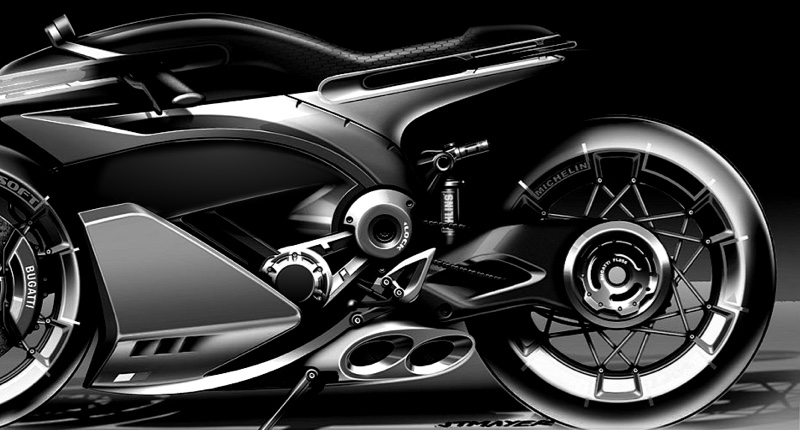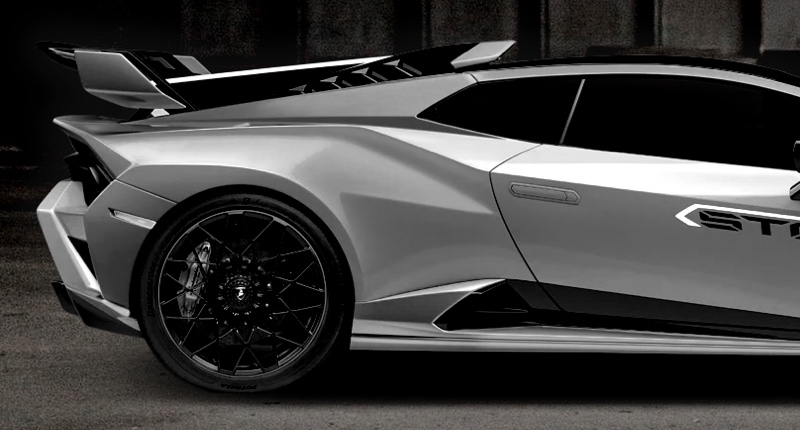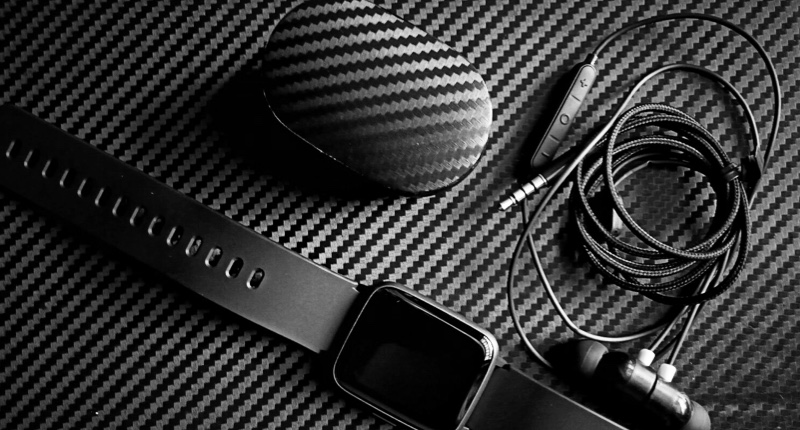Carbon Fiber in Cars: Why Use It?
- Why Carbon Fiber is Used in Cars? A Deep Dive into Automotive Applications by Supreem Carbon
- What Makes Carbon Fiber So Special in the Automotive World?
- Where is Carbon Fiber Used in Cars?
- Is Carbon Fiber More Expensive Than Steel?
- What are the Disadvantages of Using Carbon Fiber in Cars?
- What is the Future of Carbon Fiber in Automotive Applications?
- Conclusion:
Why Carbon Fiber is Used in Cars? A Deep Dive into Automotive Applications by Supreem Carbon
What Makes Carbon Fiber So Special in the Automotive World?
Carbon fiber's popularity in automotive engineering stems from its unique combination of properties:
* Exceptional Strength-to-Weight Ratio: This is the key advantage. Carbon fiber is significantly stronger than steel but weighs considerably less. This allows manufacturers to build lighter vehicles without sacrificing structural integrity. Studies show that a carbon fiber component can be up to 70% lighter than its steel equivalent while maintaining or exceeding its strength. ()
* High Stiffness: Carbon fiber offers excellent stiffness, minimizing chassis flex and improving handling precision, particularly crucial for high-performance vehicles. This translates to better responsiveness and control for the driver.
* Design Flexibility: Carbon fiber's ability to be molded into complex shapes opens up possibilities for innovative designs. This allows for aerodynamic optimization and the creation of lightweight, aesthetically pleasing body panels and components.
* Durability and Resistance: Carbon fiber exhibits high resistance to fatigue and corrosion, making it suitable for long-term use in demanding automotive environments.
Where is Carbon Fiber Used in Cars?
Carbon fiber isn't just for supercars; its use is expanding across various vehicle segments:
* Body Panels: Lightweight doors, hoods, and bumpers reduce overall vehicle weight, directly impacting fuel economy.
* Chassis and Structural Components: Carbon fiber reinforces the chassis, enhancing rigidity and safety. This is particularly important in crash scenarios, providing superior protection.
* Interior Components: Dashboard components, seats, and steering wheels benefit from carbon fiber's lightweight and aesthetically pleasing properties.
* Drivetrain Components: Some manufacturers use carbon fiber in drive shafts and other drivetrain parts to minimize rotating mass and improve performance.
Is Carbon Fiber More Expensive Than Steel?
Yes, carbon fiber is currently more expensive than steel. However, the cost is offset by several factors:
* Improved Fuel Efficiency: The weight reduction leads to significantly improved fuel economy, resulting in long-term cost savings.
* Enhanced Performance: The superior strength and stiffness translate to better handling, acceleration, and overall driving experience.
* Increased Safety: Improved structural integrity contributes to enhanced safety in collisions.
* Reduced Emissions: Better fuel economy directly contributes to lower greenhouse gas emissions.
What are the Disadvantages of Using Carbon Fiber in Cars?
While offering substantial advantages, carbon fiber also presents some challenges:
* High Manufacturing Cost: The manufacturing process is complex and requires specialized equipment, leading to higher production costs.
* Repair Complexity: Damages to carbon fiber components can be more challenging and expensive to repair than steel counterparts. Specialized techniques and materials are often required.
* Recyclability Concerns: The recyclability of carbon fiber is still an area of ongoing research and development.
What is the Future of Carbon Fiber in Automotive Applications?
The automotive industry is actively exploring ways to make carbon fiber manufacturing more efficient and cost-effective. Advancements in material science and manufacturing processes are making carbon fiber more accessible for wider use in various vehicle segments. We can expect to see its increased application in future electric and hybrid vehicles, where weight reduction is particularly critical for extending range and performance.
Conclusion:
Carbon fiber's remarkable properties are transforming the automotive landscape. While challenges remain, the ongoing advancements and its superior performance characteristics ensure its continued and expanding role in building lighter, safer, and more efficient vehicles. Supreem Carbon is committed to leading innovation in this exciting field.
Custom carbon intake pipe Manufacturers and suppliers in China

The Ultimate Guide to Custom Carbon Fiber Products: Everything You Need to Know
What are the application scenarios of carbon fiber car hood?

The Ultimate Guide to Custom Carbon Fiber Car Parts: A Comprehensive Overview by Supreem Carbon
For Carbon Fiber Material
What are the advantages of carbon fiber?
High Strength-to-Weight Ratio
It is stronger than many traditional materials, such as steel and aluminum.This high strength-to-weight ratio allows for the creation of lightweight components that maintain structural integrity and durability.
Lightweight
One of the most significant advantages of carbon fiber is its low density, contributing to lightweight structures. This property is particularly crucial in industries where weight reduction is a priority, such as aerospace, automotive, and sports equipment.
Resistant to corrosion and chemicals
Carbon fiber is inherently resistant to corrosion, making it an ideal material for applications exposed to harsh environments or corrosive substances. This property contributes to the longevity of components and reduces maintenance requirements. Carbon fiber has good chemical resistance, making it suitable for use in environments where exposure to chemicals or harsh solvents is a concern. This resistance enhances the material's durability in various industrial settings.
Tolerant of high temperature
Carbon fiber exhibits excellent thermal stability and resistance to high temperatures. This makes it suitable for applications where components are exposed to elevated temperatures, such as in the aerospace and automotive industries.
Low thermal expansion
Carbon fiber has a low coefficient of thermal expansion, meaning it expands or contracts minimally with changes in temperature. This property contributes to dimensional stability, making carbon fiber components reliable in varying temperature conditions.
Aesthetic Appeal
Carbon fiber has a modern and high-tech appearance, contributing to its aesthetic appeal. This property is leveraged in consumer goods, automotive components, and sporting equipment where visual appeal is important.
For Facotry
How many monthly production capacity of the factory?
The average monthly production capacity reach 3000 pieces. With the equipment upgrade, it will be increased over 4000 pieces per month.
Supreem carbon main competitive advantages.
Rich experience
Over 10 years production experience in carbon fiber industry, providing customers with high quality carbon products.
Excellent service
From new project development to customer finished product delivery, we provide customers with full tracking and timely feedback on project progress.
High-Quality Products
Our carbon fiber products undergo rigorous quality control to ensure customers achieve the high quality and cost-effective product.
For Customized Service
How long does the customized products order take?
This depends on the complexity and mold production cycle of the product. The first sample will be ready in 2-3 weeks after mold finished.
For After-sales Service
Do you offer the fitting advice?
Of course! If you have any questions, please contact us on info@supreemcarbon.com.

BMW S1000R/M1000RR Carbon Fiber Rear Seat Panel
Transform your BMW S1000RR/M1000RR with a premium carbon fiber rear seat upper fairing. Replace the stock plastic for a weight reduction and a sophisticated, racing-inspired aesthetic. This ultra-strong fairing offers superior protection while enhancing your bike's overall look. Choose between a glossy or matte finish for a perfect match.

BMW S1000R Carbon Fiber Rear Undertail
Transform your BMW S1000R with a premium carbon fiber rear seat bottom fairing. Replace the stock plastic for a weight reduction and a sophisticated, racing-inspired aesthetic. This ultra-strong fairing offers superior protection while enhancing your bike's overall look. Choose between a glossy or matte finish for a perfect match.

Yamaha R1 Carbon Fiber Airbox Tank Cover
Introducing the Supreem Carbon Fiber Airbox Tank Cover for Yamaha R1. Crafted with precision and expertise, this tank cover is designed to elevate the performance and aesthetics of your R1. Made from high-quality carbon fiber, this tank cover is not only lightweight but also incredibly durable, providing optimal protection for your motorcycle.

Yamaha R1 Carbon Fiber Side Fairings
Introducing the Supreem Carbon Fiber Long Side Panels for Yamaha R1. Crafted with precision and expertise, this front side fairing is designed to elevate the performance and aesthetics of your R1. Made from high-quality carbon fiber, this fairing is not only lightweight but also incredibly durable, providing optimal protection for your motorcycle.
© 2024 Supreem Carbon All Rights Reserved.





Facebook
Pinterest
LinkedIn
Instagram